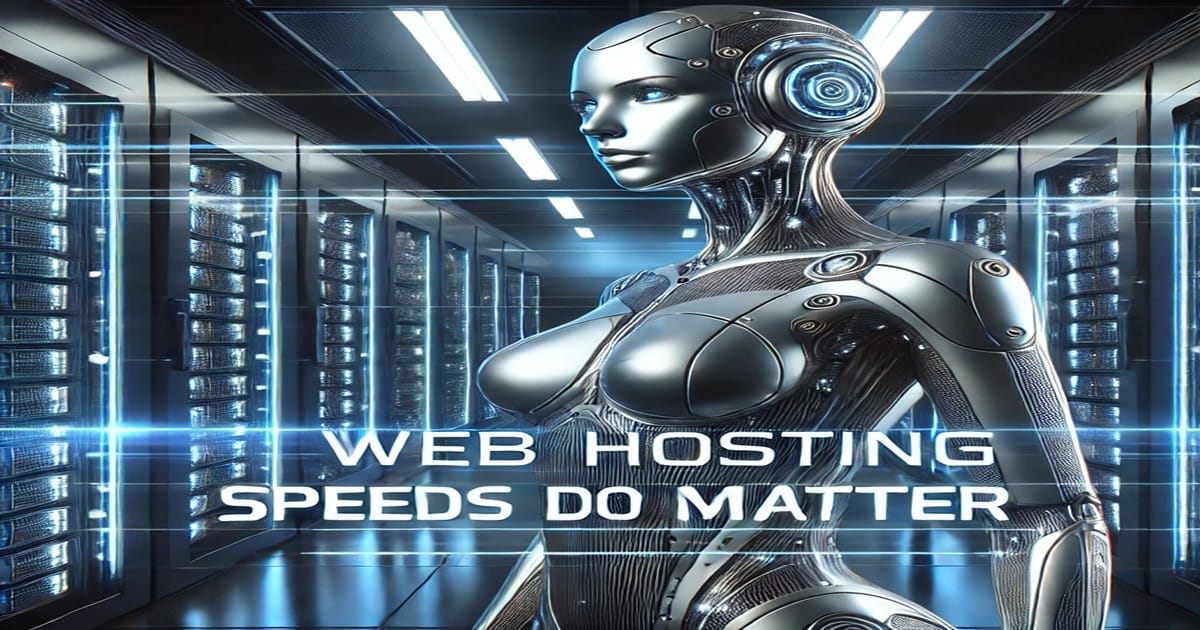7. The Lifeline of Strong Customer Support
Owning a speedy environment matters little if it degrades
when you need it most. As your site evolves—or if traffic surges unexpectedly—
you might face plugin conflicts, DDoS attacks, or plugin updates
that disrupt performance. With robust support from Hosting.com,
these hurdles remain manageable. Knowledgeable service reps can diagnose
issues rapidly, provide actionable fixes, and maintain your
performance baseline.
Consider the contrast with a generic host offering minimal
customer assistance: performance dips could linger for hours
(or even days), frustrating visitors and leading to
long-term reputational harm. By contrast, real-time monitoring
and quick response can salvage user trust and keep your
platform stable enough to handle fresh challenges or expansions.
8. ROI: The Business Case for Speed
Every second a user lingers on your site is another second
they can absorb your message, explore your offerings,
or complete a purchase. Conversely, every second lost
to slow loading can undercut any marketing success
by driving visitors away before they see your calls to action.
From a purely financial standpoint, the cost difference between
a basic hosting plan and a performance-oriented plan can quickly
pay for itself once you factor in improved conversions,
stronger SEO, and reduced bounce rates. Think of speed as
an investment that fortifies all other promotional activities—
the better your site’s performance, the more likely
those marketing dollars translate into sustainable growth.
9. Internal Links for Further Reading
Speed is just one component of building an exceptional online presence.
Explore these internal articles for complementary insights:
Modern DDR5 Mini PC is an Amazing Choice
–
Hardware advancements that complement your hosting speed.
Mini PC Vs Laptops: A Comprehensive Analysis
–
Learn how different form factors approach performance challenges.
DDR4 vs DDR5 Mini PCs: Which Should You Choose in 2025
–
Discover how next-gen memory influences data handling speeds.
10. Ongoing Optimization and Proactive Monitoring
As your site content expands, new integrations are added,
or your traffic patterns evolve, your once-speedy pages
could creep toward sluggishness if left unmonitored.
That’s why ongoing optimization is
non-negotiable. Tools like Google PageSpeed Insights,
GTmetrix, or Pingdom help you track page performance
over time, identifying emergent bottlenecks—like
bulky scripts or resource-heavy plugins—before
they fully compromise user experience.
Many site owners find relief in hosting plans that
include proactive monitoring, ensuring
that if server resources spike or an unexpected plugin
drags down performance, support can intervene immediately.
Such setups guard against random slowdowns turning
into extended outrages, thereby protecting your
hard-earned reputation and user loyalty.
11. Accounting for Mobile-First Realities
Smartphones have become a primary gateway to the internet,
so ignoring mobile performance can be fatal for your engagement metrics.
While strong server-side speed helps, you must also consider
device-specific constraints like weaker processors,
variable network speeds, or smaller caches.
However, a high-performance host drastically reduces
initial load times, bridging any potential device-side limitations.
A swift server response means crucial content (like hero images,
product lists, or main text) reaches the user quickly,
lessening any frustration tied to less reliable mobile signals.
Couple it with a lightweight design approach, and you ensure
each tap or scroll feels instantaneous,
promoting longer session durations and better conversions.
12. Merging Security With Speed
One common misconception is that pushing for top performance
might compromise security. The reality is more nuanced:
robust security measures—like SSL certificates,
firewalls, or real-time scanning—can run smoothly
alongside speed enhancements. A secure,
well-managed environment helps avoid infiltration
or resource hijacking that would otherwise cripple performance.
Providers such as Hosting.com integrate these security
layers at the server level, ensuring malicious activity
doesn’t sabotage speed for legitimate users.
For example, if a DDoS attempt arises,
automated detection reroutes or blocks suspicious IPs,
protecting your bandwidth from being drained.
In many ways, proper security fortifies your site’s speed
by preventing underhanded slowdowns from hackers or bots.
13. Complementary Resources & Hardware Synergy
Speed enhancements from hosting align well with hardware innovations.
For instance, pairing a mini PC featuring DDR5 RAM
with a high-speed hosting setup ensures your local environment
remains equally adept at managing content creation,
test deployments, or quick file transfers. If your hardware
lags behind, you won’t fully realize the benefits
of a turbocharged server environment.
On the flipside, advanced on-site hardware can streamline
development cycles, help you run local tests faster,
and ensure that, once deployed, your site or application
functions as expected in a real-time environment.
Thus, synergy between local hardware improvements and
cloud hosting expansions can be a potent formula
for digital success.
14. External Resource: Understanding VPN Technology
While optimizing your site’s hosting speed, remember that
some visitors, including administrators or remote employees,
use a Virtual Private Network (VPN) for added security
or geolocation needs. Encrypted tunnels can occasionally slow
perceived page loads if the VPN server is far from your data center.
It’s valuable to grasp the fundamentals of VPN functionality
to address any performance queries that arise.
For a comprehensive overview of how VPNs operate and
their bandwidth implications:
Wikipedia’s Guide to VPN Technology
15. Securing Future Growth Through Speed
Faster hosting isn’t just about pleasing today’s audience—
it’s a strategic move that helps you pivot for tomorrow’s challenges.
Technology evolves quickly: heavier multimedia,
augmented or virtual reality experiences, interactive
web elements, and more demanding frameworks
are already reshaping user expectations.
By prioritizing speed, you future-proof your site
to adopt these technologies with minimal
backend overhauls.
Beyond that, a snappy site fosters brand loyalty.
Returning visitors remember the ease with which
they navigated your pages and are more willing
to do so again. The cumulative effect over
weeks and months is a stronger foundation
of recurring traffic, referrals, and social sharing.
This cycle continually amplifies your brand’s reach,
forming a virtuous loop where speed drives engagement,
and engagement drives authority.
16. The Final Word: Make Speed Your Competitive Edge
In a marketplace teeming with constant digital noise,
speed stands out as a quiet yet powerful differentiator.
A faster site consistently rewards your investment
in content, marketing, and user acquisition by
ensuring visitors stay long enough to see—and act on—your message.
Hosting.com’s suite of specialized solutions makes it easier
to deliver top-tier performance without juggling
complex system requirements or insecure third-party hacks.
When all is said and done, web hosting speeds
do matter—for the initial impressions that
hook potential customers, for the SEO that
brings organic visibility, for the e-commerce pathways
that lock in conversions, and for the brand reputation
that underlies every user’s trust. Embracing a
speed-first mindset cements your readiness
to compete in an environment where patience is scarce
and high expectations reign.
From novices building their first online project
to seasoned entrepreneurs overseeing expansive digital empires,
the message remains consistent: performance sells.
So don’t let slow servers hamper your ambition.
Choose hosting that matches your drive to succeed—
and watch as each visitor, each sale, and each
search engine ranking naturally reflects your commitment
to delivering a stellar, lightning-fast experience.





